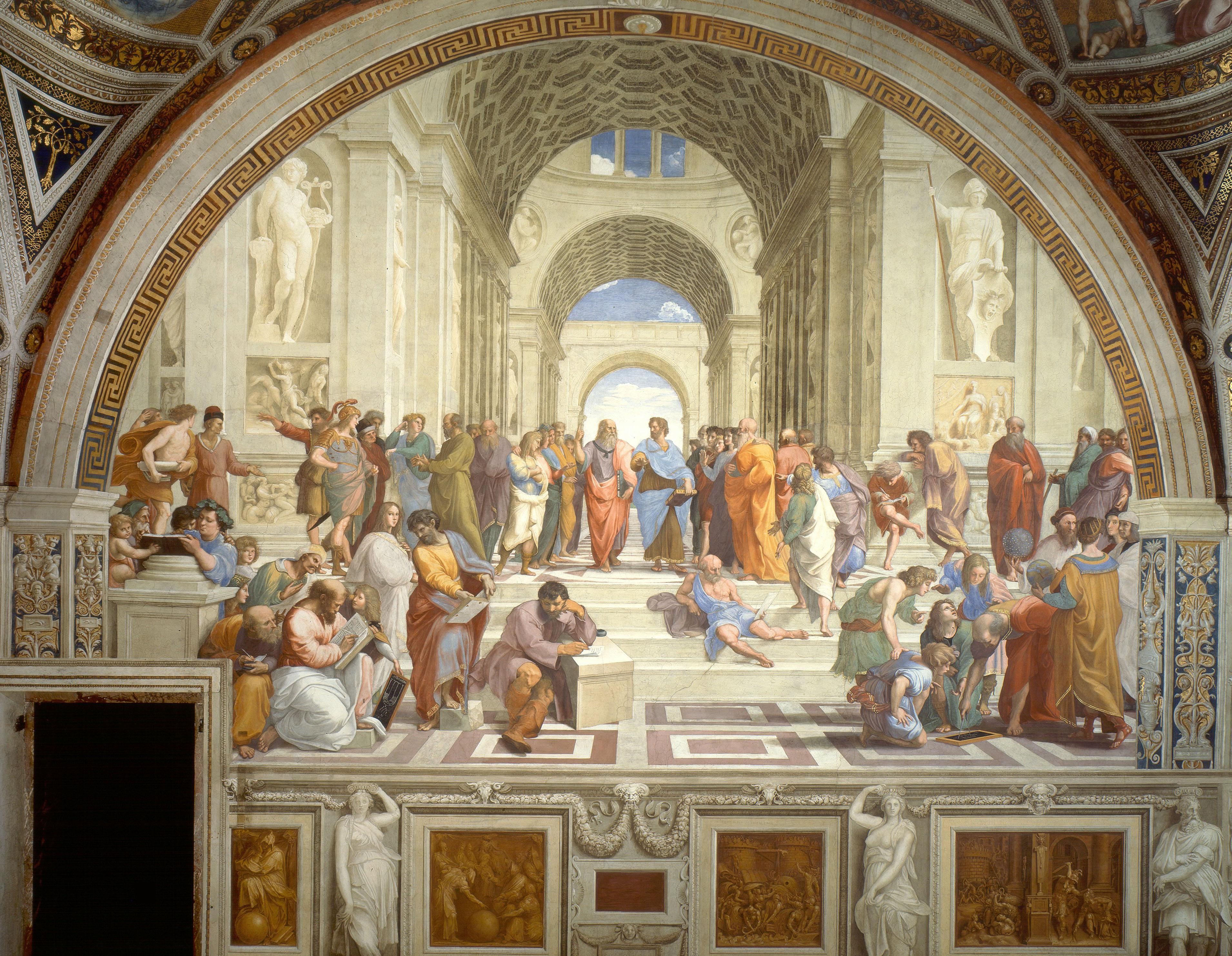What Statement Best Describes the Catholic Church During the Renaissance
The Catholic Church mostly remained separate from European politics and government. During the Renaissance there was a revival of interest in ____ humanism.

What Statement Best Describes The Catholic Church During The Renaissance Lisbdnet Com
What statement best describes the Catholic Church during the Renaissance.

. Which statement best describes the Catholic Church in the 1200s. It reached the peak of its power. Theories and principles once universally accepted were challenged in a totally different manner.
The Catholic Church was the wealthiest and most powerful institution in Europe. What statement best describes the catholic church during the renaissance. Clergy often misbehaved sexually and lived lavishly despite vows to do otherwise.
Which statement best describes the Catholic Church at the start of the Renaissance. The Book of Common Prayer was a document that established a number of new denominations. In this period we saw a great social and cultural changing new ways of thinking innovation and creativity.
Which statement best describes the Book of Common Prayer. Unlike France and England German states were unable to _____ form a nation-state. During the Renaissance and the time period of The Decameron the Catholic Church was rife with corruption.
B the catholic church was increasingly seen as a corrupt institution with too much power. A the monarchs of europe controlled the catholic church b the catholic church began to be seen as corrupt with too much power c the catholic church completely lost all power d the people of europe were not controlled by the catholic church. What statement best describes the Catholic Church during the Renaissance.
As expected the Catholic Church was not exception. During the Renaissance years after the dark ages of the Middle Age many things changed and the concept of HUmanism was introduced which meant more respect for the human being and. The Catholic Church mostly remained separate from European politics and government.
The monarchs of Europe governed the Catholic Church and dictated its policies and practices. The Catholic Church was increasingly seen as a corrupt institution with too much power. The Catholic Church refused to get involved in the affairs of the state.
The Book of Common Prayer was a list of challenges that criticized the Catholic Church. A the monarchs of europe governed the catholic church and dictated its policies and practices. The Catholic Church was increasingly seen as a corrupt institution with too much power.
The Catholic Church was increasingly seen as a corrupt institution with. The statement that best describes the Catholic Church during the Renaissance is the Catholic Church was increasingly seen as a corrupt institution with too much power. B the catholic church was increasingly seen as a corrupt institution with too much power.
Which statement best describes the Book of Common Prayer. The monarchs of Europe governed the Catholic Church and dictated its policies and practices. C the catholic church mostly remained separate from european politics and government.
What statement best describes the Catholic Church during the Renaissance. What statement best describes the catholic church during the renaissance. A the monarchs of europe governed the catholic church and dictated its policies and practices.
What statement best describes the catholic church during the renaissance. C the catholic church mostly remained separate from european politics and government. The Catholic Church was weak and divided.
The Renaissance late 14th century to 17th century was a period of intense change. The Catholic Church exercised little religious power but great political power.

Renaissance In Europe World History Quiz Quizizz

Pin On St Joseph Co Cathedral Catholic Church Thibodaux La

The Fourth Glorious Mystery The Assumption Of The Virgin Titian 1516 18 Possibly The Most Famous Rendition Renaissance Art Renaissance Paintings Painting
No comments for "What Statement Best Describes the Catholic Church During the Renaissance"
Post a Comment